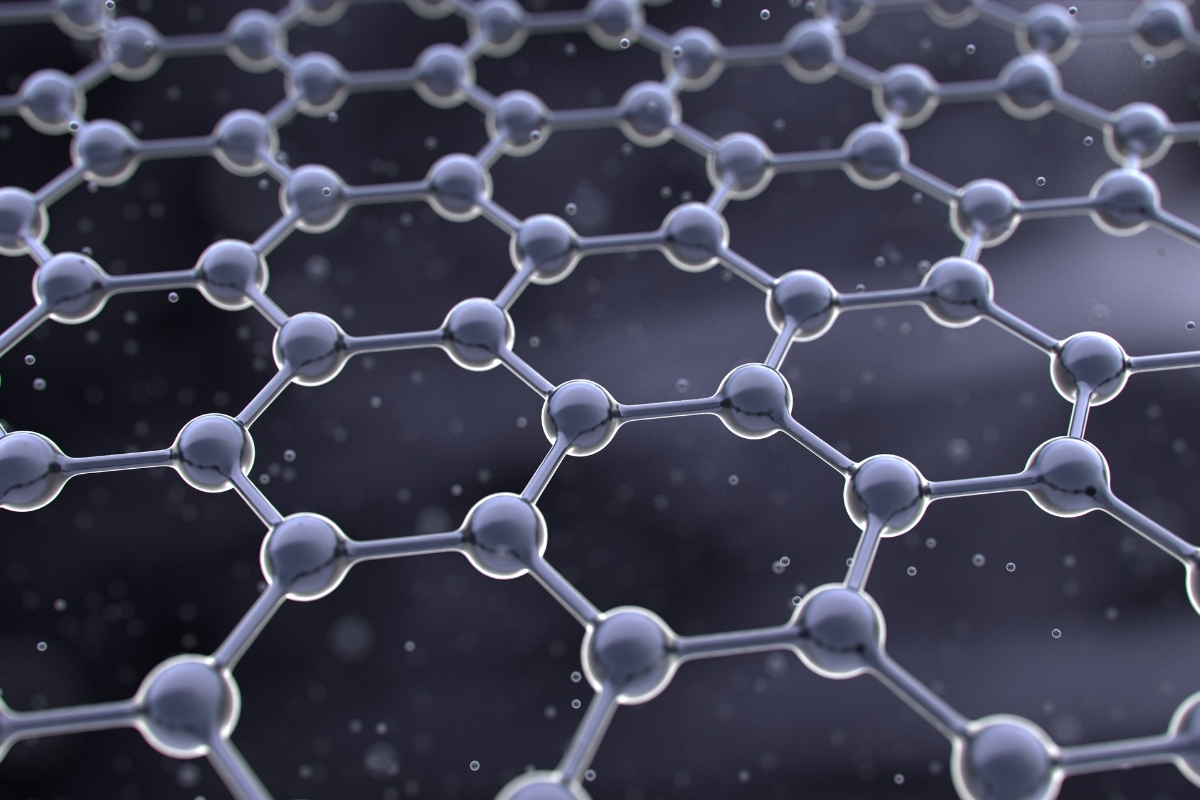Solving problems with graphene
Since graphene’s discovery, researchers have found hundreds of potential applications for this versatile material.
From brain implants to treat neurological disorders, to the next generation of smart textiles, products enabled by graphene and layered materials promise to disrupt individuals, industries and societies. In this article, Kari Hjelt, head of innovation at the Graphene Flagship, looks at three examples.

Put a spin on it
In today’s world, data is king. But, the ever increasing demand for faster data processing and data storage capabilities has meant a dramatic rise in energy consumption and environmental concerns around data processing. The world’s data is stored in physical locations, data centres, which use an estimated 200TWh of energy each year, globally – more than the national energy consumption of Iran. Not only is this bad for the planet, it’s costly for businesses too.
One solution is spintronics. This alternative to traditional electronics relies on the spin of electrons to transport information, rather than electrons’ charge. As generating a current requires more energy than changing spin, spintronic devices consume less power. They can also transfer data faster and are non-volatile – information sent using spin is not compromised by a loss of power. All this offers higher-capacity data storage with lower energy consumption.
A promising technology, but where does graphene come in?
Graphene and layered material-based spin devices drastically outperform conventional materials when transferring spin information at room temperature. The Graphene Flagship Spintronics Work Package aims to demonstrate the efficient integration of layered materials into spintronic devices to improve their speed, energy and cost.
Sophisticated graphene-enabled spintronic devices could open the door to the design of exceptionally energy efficient memory technologies, reducing the environmental impact and cost of data storage globally.
Clean and safe
A major problem facing the twenty-first century is readily accessible safe, clean drinking water. Even in Europe, the number of contaminants released into the environment rises every day. Worse, no existing technology can remove all these contaminants.
To solve this issue, a new generation of water filters is needed – an innovation Spearhead Project GRAPHIL hopes achieve. GRAPHIL’s compact filtration systems will be easily connected to a household sink, or able to be used as a portable device. They aim to keep costs sustainable.
GRAPHIL’s filters use polymeric hollow fibre membranes blended with graphene. They will remove both microbiological and inorganic contaminants by combing membrane filtration and absorption mechanisms.
GRAPHIL expect to have a market-ready product by 2024 – one that should make clean, contaminant-free water accessible for all.

On the road
Passenger cars account for 60.2% of Europe’s total CO2 emissions from road transport. With the European Union setting strict targets to limit transport emissions, passenger cars must reduce their environmental impact.
There are two ways to achieve this goal: making cars more efficient by reducing their weight and switching to renewably powered electric vehicles (EVs).
The first is possible through using lightweight materials for vehicle frameworks – something that can be achieved through strong and light hierarchical fibre composites, made with graphene sheets just a few billionths of a metre thick, as a nano-additive.
Research being undertaken by the G+BOARD Spearhead Project also uses graphene to develop lighter and greener car dashboards, replacing the need for copper wiring.
The second, EVs, falls under the remit of Spearhead Project GREENBAT. Take up of EVs is rising but charging, range and cost remain concerns for some. GREENBAT’s research will help EVs become the norm by using graphene’s properties to create high performance automotive batteries. The focus of their innovation is the cell’s negative electrode – made from a silicon-graphene composite developed during earlier Graphene Flagship research.
These batteries will perform as well as the projected models in 2025, helping to make long-range, cost-effective EVs a reality.
As these examples showcase, graphene’s significance is not just as a major academic discovery, but as one solution to major real-world problems.










